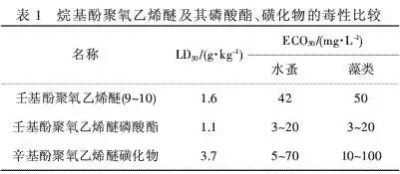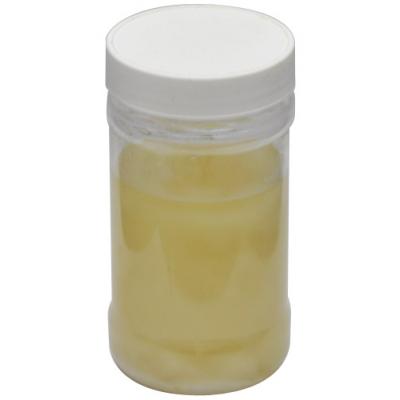The fixation mechanism of non-reactive fixing agent used to improve wet processing fastness usually includes the formation of two water-soluble groups and the film surface, which can be divided into 2 types, namely, cationic dye-fixing agent and resin fixing agent.
1. Cationic dye-fixing agents:
These textile auxiliaries mainly form ionic bonds between the cationic and anionic groups in the dye molecule, thereby blocking water-soluble groups and achieving the purpose of improving wet processing fastness. Such dye-fixing agent can be divided into two types according to their surface activity, namely, surfactant fixatives and surface-free fixatives.
(1) Cationic surfactant:
Most cationic surfactants can improve the wet processing fastness of direct dyes and acid dyes to varying degrees. The improvement mainly depends on the solubility of the anionic dyes, the relativity of the dyes, molecular weight, number of sulfonic acid groups or carboxylic acid groups, etc. This type of fixing agent is cetyl chloropyridine and SaparoJn type cationic surfactant, which is the fixing agent used earlier.
(2) Non-surface-active quaternary ammonium salt:
This is a non-resin fixing agent and has no surface activity. Although it has a cationic group (quaternary ammonium group), it has no surface activity. In the early stages of development, most of them are polyphenylene polyamine derivatives, and highly cross-linked dye fixing agents containing polyquaternary ammonium groups, which is prepared by reacting polyamines with polyhalogen compounds such as cyanuric chloride. Such a fixing agent can improve the color fastness of direct dye, and has less influence on shading and light fastness. This combination of fixing agent and copper salt can significantly improve the light resistance of acid dyes and reactive dyes and has better crosslinking fastness, but it has a certain effect on the strength of the fabric.



 English
English  日本語
日本語  Español
Español  tiếng việt
tiếng việt  Türkçe
Türkçe  ไทย
ไทย  українська
українська  हिंदी
हिंदी  বাঙালি
বাঙালি  اردو
اردو 


